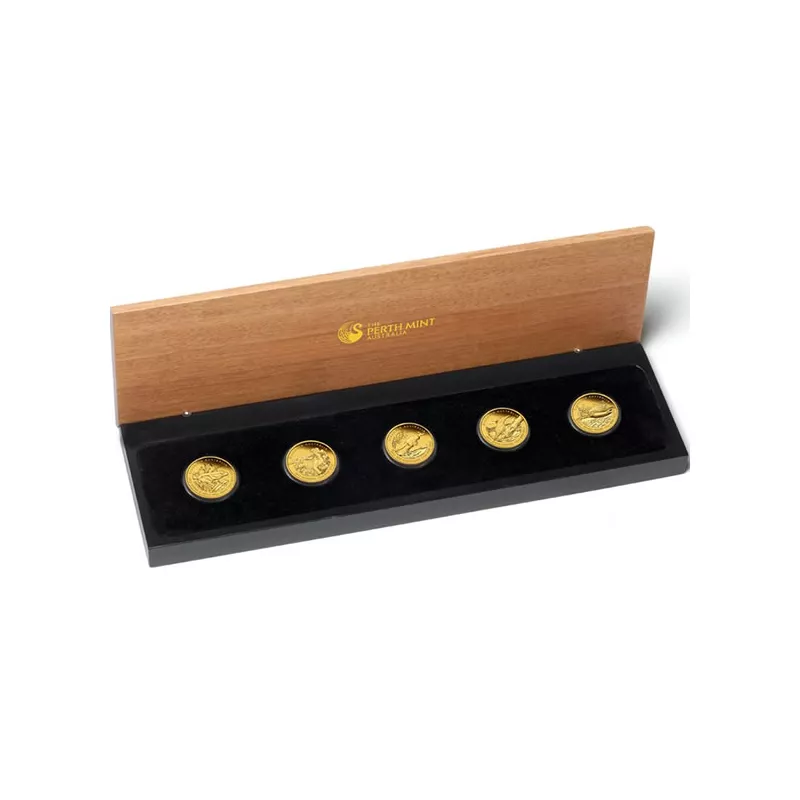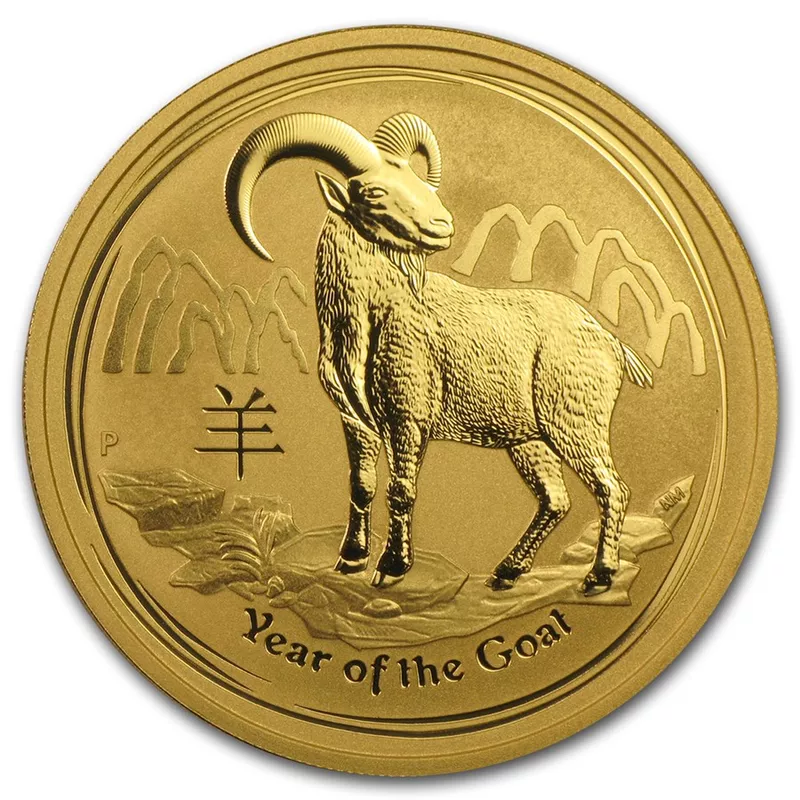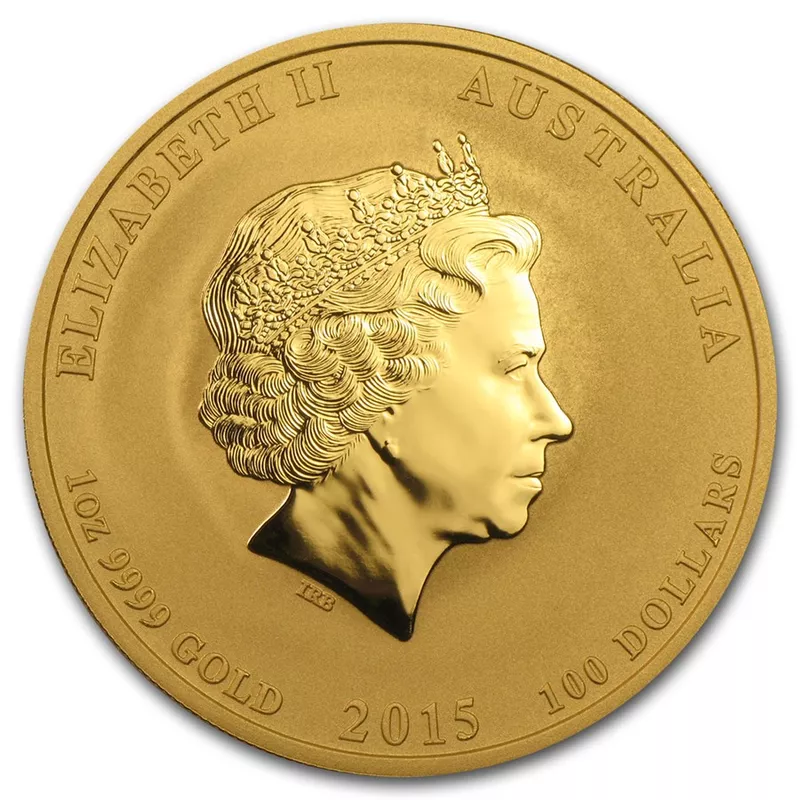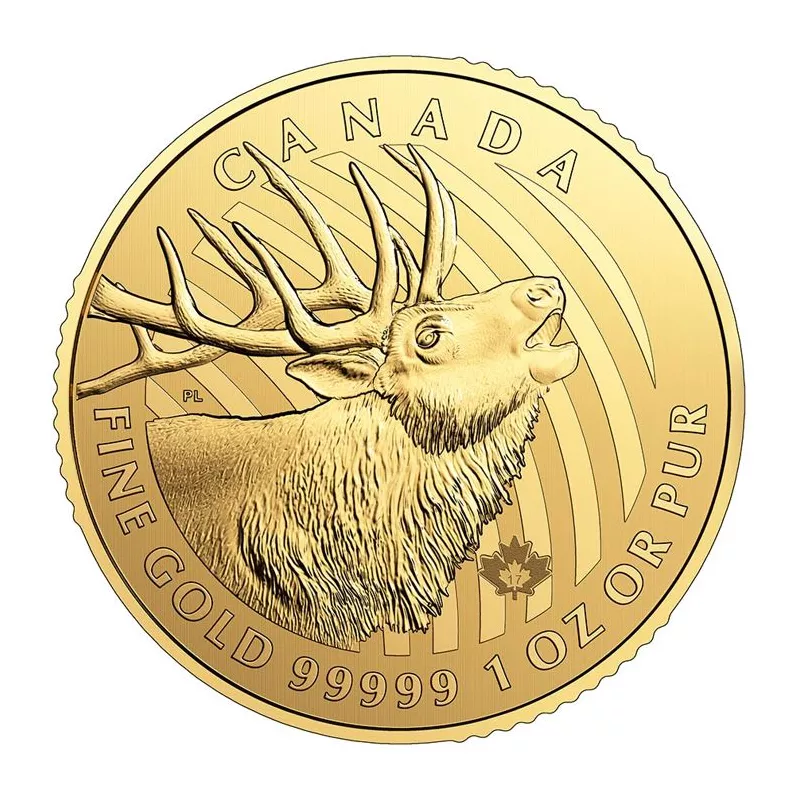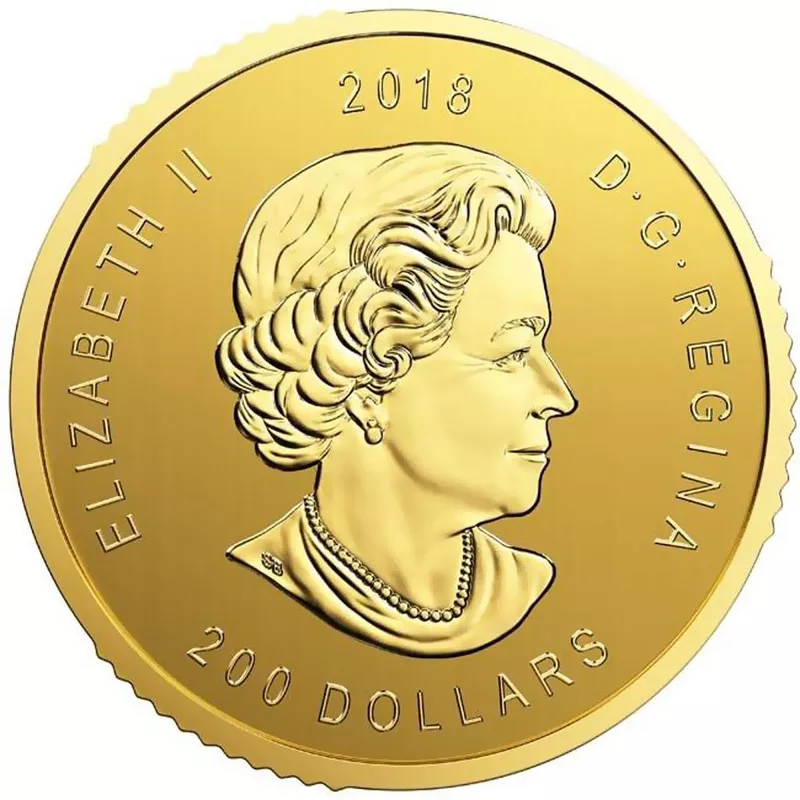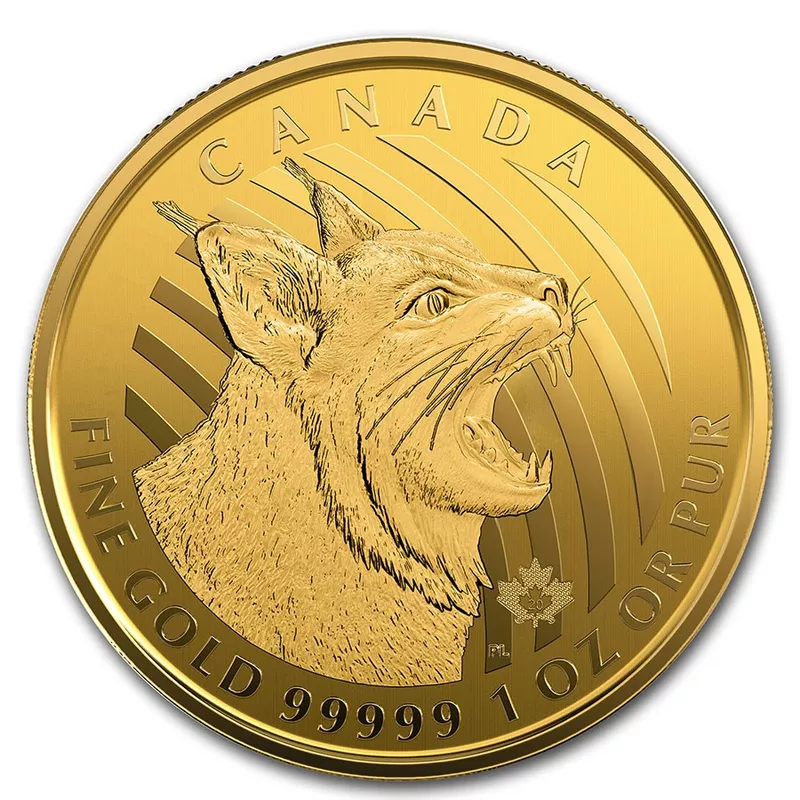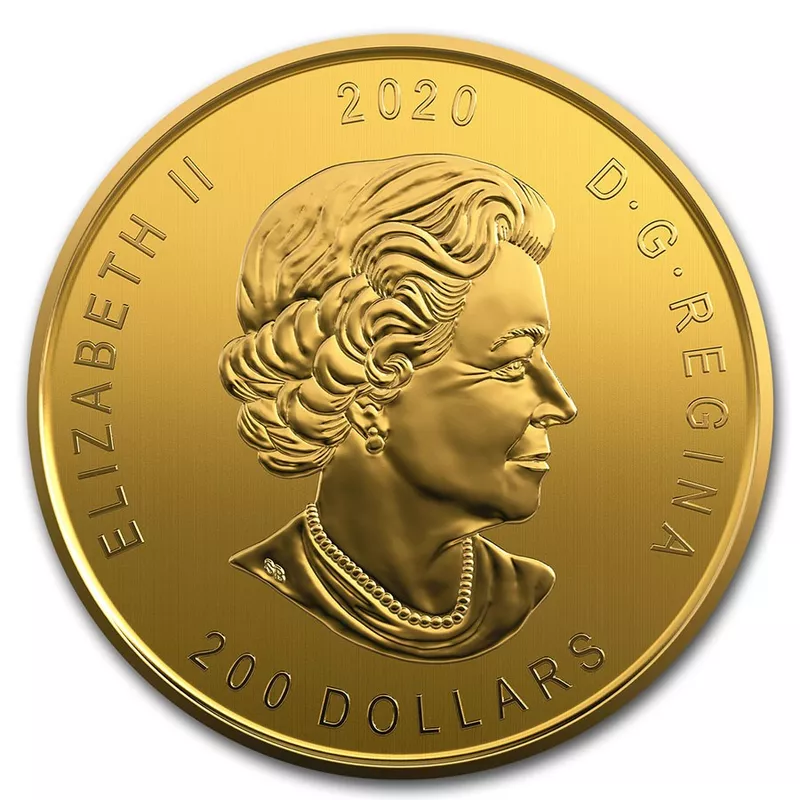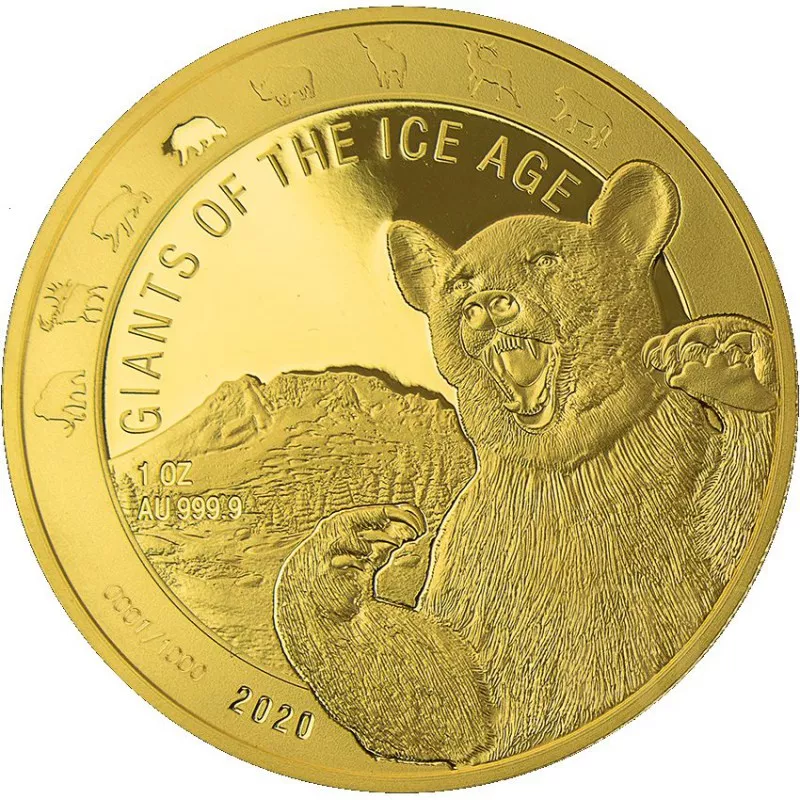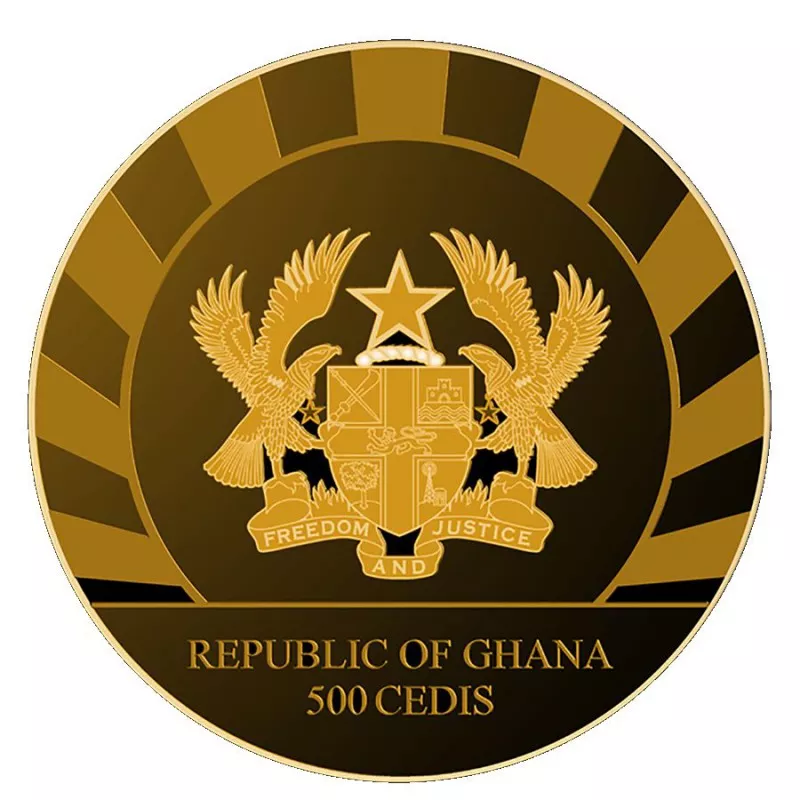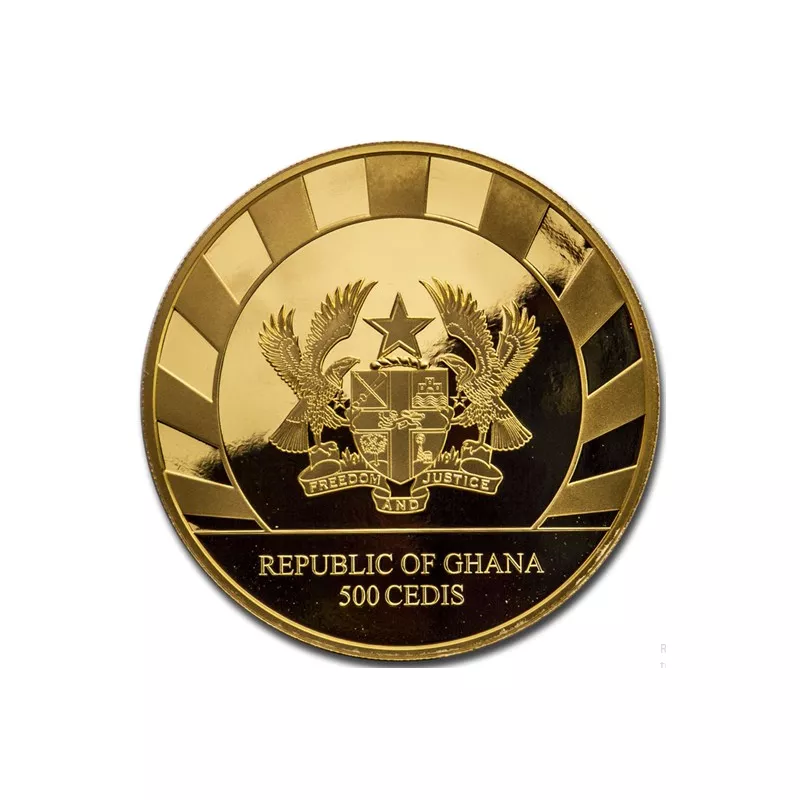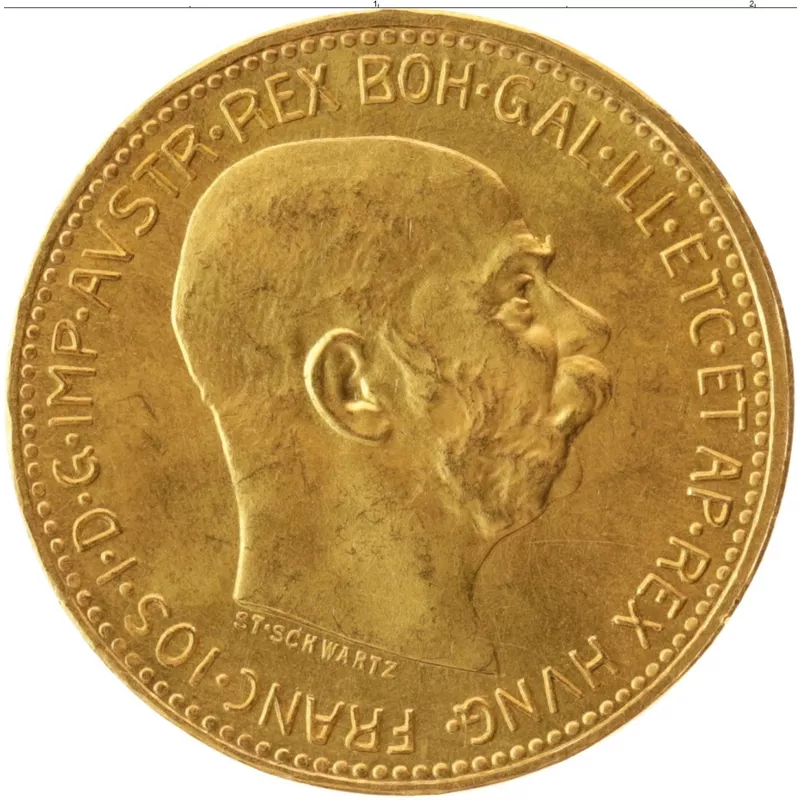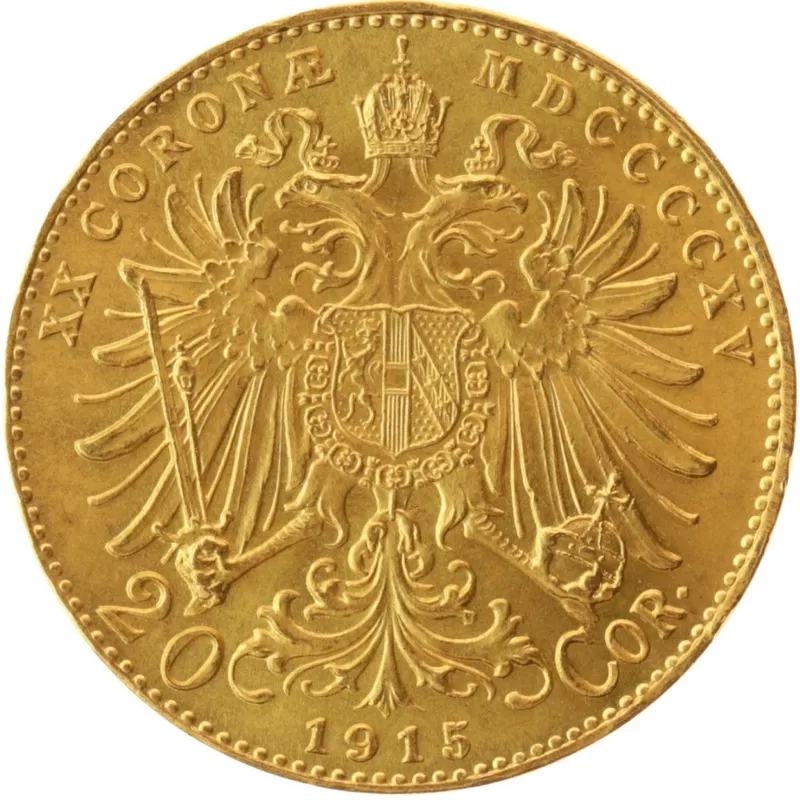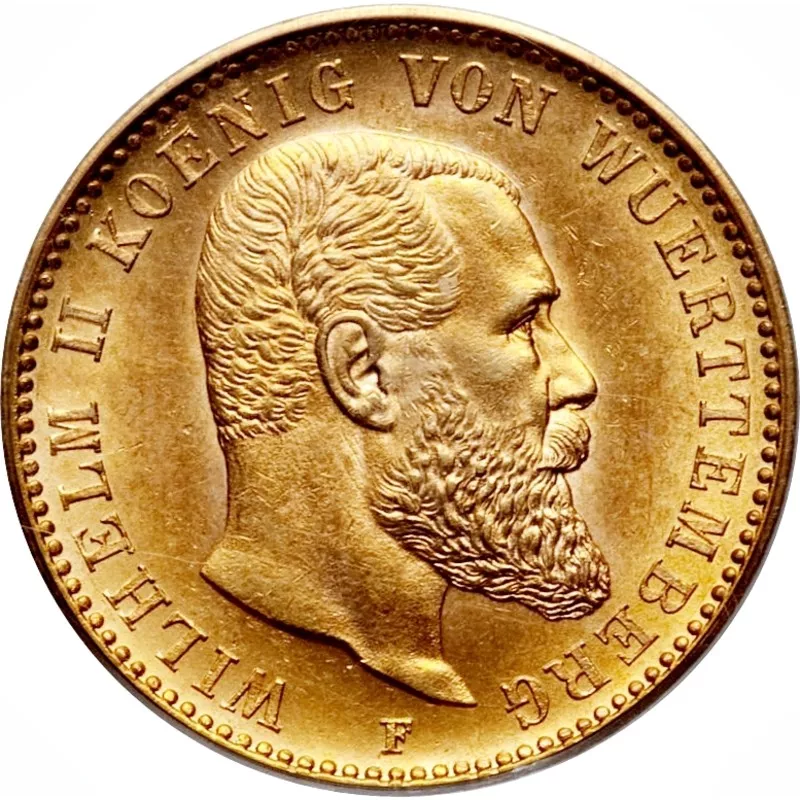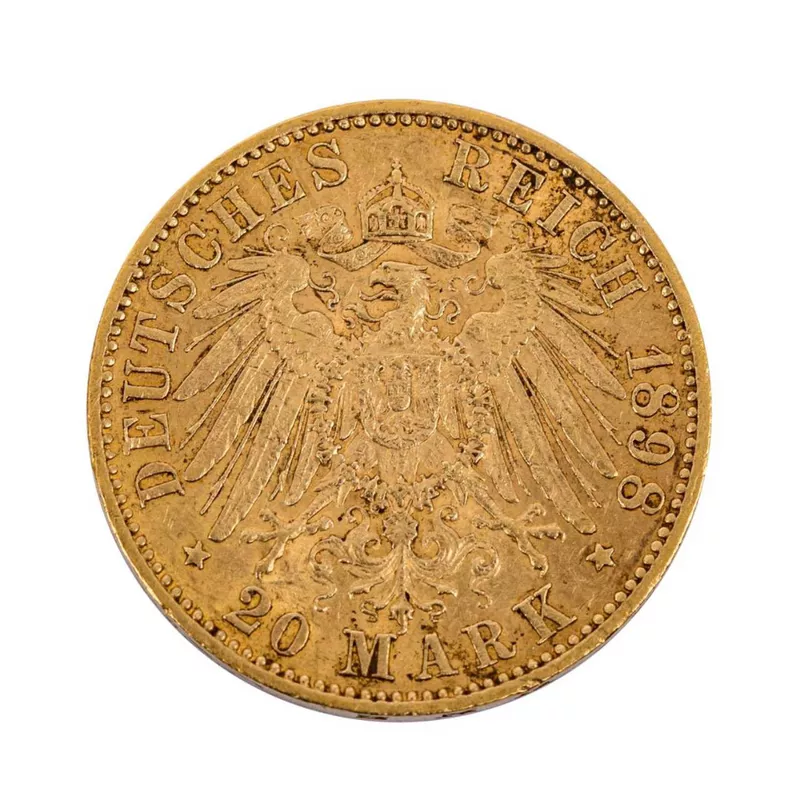Collectible coins are a successful find that can bring significant profits to its owner or delight his eyes for years. But how do you find and recognize monetary units that really deserve attention and for which collectors can offer a significant amount? We will tell you in this article.
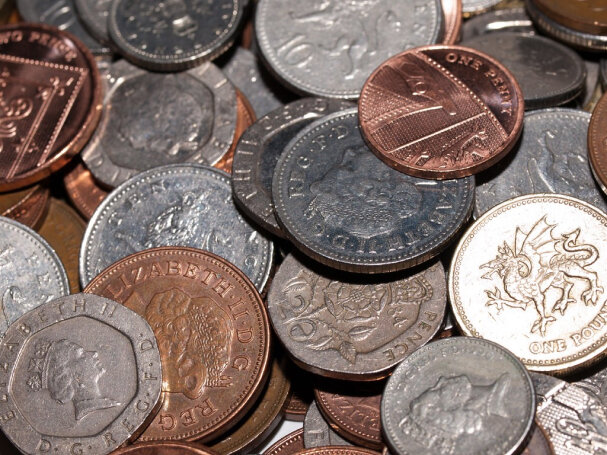
Study Special Literature
To develop oversight and learn how to recognize rare specimens, you need to regularly study thematic books, magazines and reference books on numismatics. Let's list some of them:
- "American Gold and Silver: Coins and Medals for U.S. Mint Collectors and Investors, Bicentennial to Present," by Dennis Tucker;
- "Roman Coins and Their Value IV," David R. Cyr;
- "History and Numismatics," Vale Alain;
- "International Encyclopedic Dictionary of Numismatics," R. Scott Carlton;
- "Standard World Coin Catalogue";
- numismatic journal Das Fenster, etc.
As a rule, all such publications are illustrated, which will allow you to get acquainted with the appearance of collectible currency units, learn more about them and remember important features.
Look for flaws
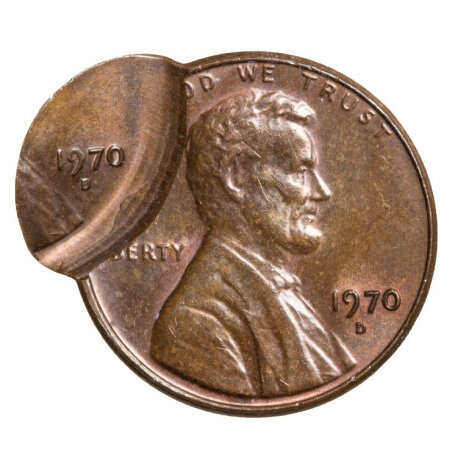
Collectible products often include products minted with errors or damaged during production. These could be:
- workpiece defects;
- reverse and obverse from different banknotes;
- "obverse-obverse";
- sickle-shaped notch at the edge ("outflow");
- melted foreign objects (pressing);
- multiple stroke;
- one-sided minted;
- non-standard thickness;
- offset of the cable or central part;
- violation of metal composition, etc.
The cost of a defective coin will depend on the visibility of the defect, its rarity, as well as the size of the product — for example, at a small face value, flaws are extremely rare, and therefore are more appreciated.
To detect a marriage or damage, you need to carefully consider the metal money sign from all sides in different lighting, compare with the same (if any). But it is important to understand that not every scratch and notch will be highly appreciated by collectors. For example, corrosion and severe mechanical damage are not considered a marriage.
Explore the year of coinage and mint signs
There are valuable and extremely rare coins that can be highly appreciated by collectors. These are products released in a relatively small circulation. The chance to accidentally find them at home is extremely small, but still there is.
Each state's mint sign looks different. For example, up to 8 different characters can be found on US coins: the letter P — Philadelphia (from 1942 to 1945), D — Denver (from 1906), S — San Francisco, W — West Point, etc.
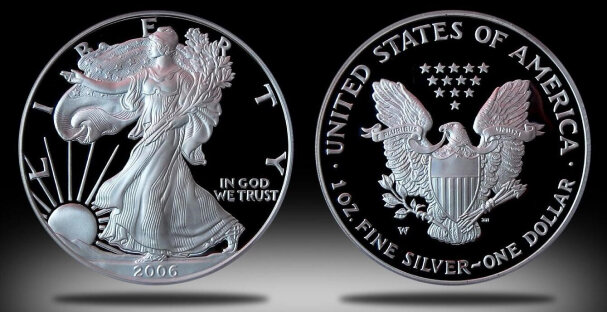
Here we can see the sign of the West Point mint at the bottom of the coat of arms, under the paw of the eagle (W). The absence of a sign in some cases can be a sign of a rare and valuable product.
Put off anniversary copies
If an anniversary coin falls into your hands, it is better to deposit it for storage, and not give it to the next trip to the store. Products released in a small edition are gradually growing in price. For example, the German coin 5 stamps of 1925, dedicated to the 1000th anniversary of Rhineland.
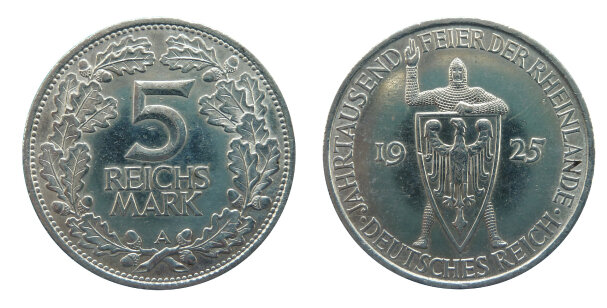
Or a Chinese silver coin weighing 1000 grams, issued in honor of the 2008 Olympics.
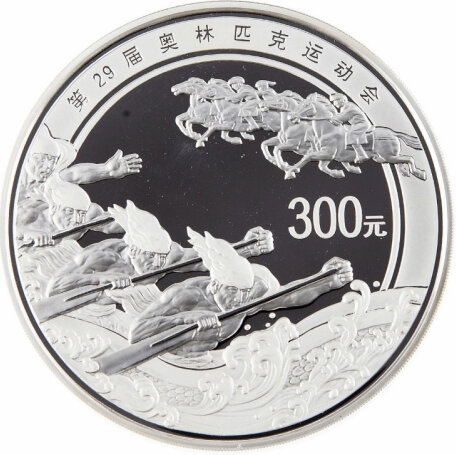
Make a habit of considering coins
If you have a trifle in your hands, do not try to immediately get rid of it: carefully consider the products for production errors, study the mint sign. To do this, it is best to purchase a magnifying glass with a good increase. Coins that are questionable can be deposited in a special converter or pouch.
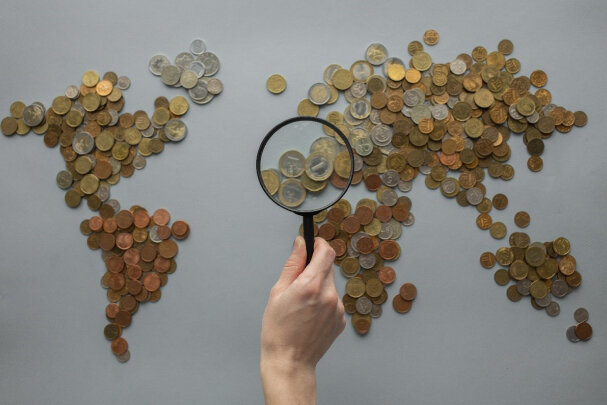
Purchase a metal detector
Rare collectibles can be found in the ground — in disappeared or abandoned villages, on the site of old mansions, on beaches. But it is extremely important to study the country's legislation — in many states it is forbidden to remove from the land objects that are more than 100 years old, since they belong to archaeological objects. And searching in some territories can be considered a violation of the law on the inviolability of private property.
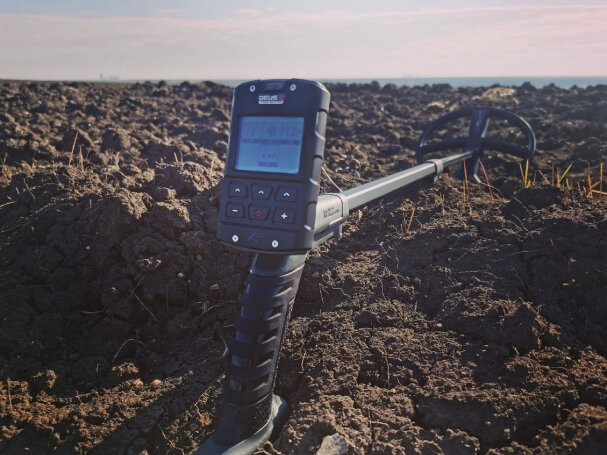
Interview Older Generations and Explore Online Ads
Many grandparents keep denznaki at home, and also collect trifles for years. Among these products, it is quite possible to find valuable copies. You can agree to split the profit in the event of a collectible currency. Also, on the Internet, you can find offers to sell coins by weight — for example, an owner uninterested in their value simply wants to get rid of unnecessary things in the house. There, too, you can find something worthwhile for the collection.

Store the found instances carefully
If you still managed to find a rare coin, but you do not plan to sell it yet, it is important to ensure that the product has the right storage conditions. There are special capsule albums for metal banknotes, plastic holders, cases. The less the product is damaged, the more expensive it can be sold.
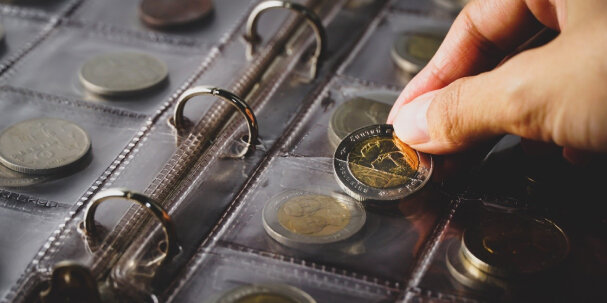
Don't rush to sell what you found
If you do not yet have comprehensive knowledge, you can sell a valuable monetary unit at too low a price or simply cannot answer more sophisticated collectors to all their questions about the product. Therefore, it is better to first properly understand the topic so that the hobby really makes a profit in the future.

Be patient
Finding and recognizing rare coins is a rather complex hobby that requires a lot of effort and time. It is far from a fact that you will be able to quickly find an expensive collector's copy — this can take years. You will also have to wait at least 10 years for the anniversary products released at the beginning of the 2000s to rise significantly in price. Therefore, patience is the main quality of any numismatic.

